Prescription medications play a crucial role in managing pain and inflammation, but they are also commonly misunderstood, especially in the context of substance abuse and addiction. One such drug is meloxicam, a prescription nonsteroidal anti-inflammatory drug (NSAID) used to treat pain and inflammation associated with arthritis and other conditions.
Unlike opioid painkillers, meloxicam is not classified as a controlled substance, leading some people to ask: Can meloxicam get you high? The answer is no—meloxicam does not produce the euphoric or mind-altering effects associated with opioids, benzodiazepines, or stimulants. However, misusing meloxicam can still be dangerous and may lead to serious gastrointestinal issues, kidney damage, heart problems, and even overdose in extreme cases.
At River Rocks Recovery, we provide comprehensive addiction treatment programs, including Partial Hospitalization Programs (PHP), Intensive Outpatient Programs (IOP), Outpatient Programs (OP), and Sober Living Programs. While meloxicam itself is not considered addictive, people who misuse prescription medications may be at higher risk for developing substance use disorders, particularly if they have a history of drug abuse.
In this detailed guide, we will explore:
- What meloxicam is and how it works
- Why meloxicam does not produce a high
- The dangers of meloxicam misuse and overdose risks
- How prescription drug misuse can lead to addiction
- How professional addiction treatment can help
What Is Meloxicam and How Does It Work?
Meloxicam is an NSAID prescribed to treat pain and inflammation caused by conditions such as:
- Osteoarthritis
- Rheumatoid arthritis
- Juvenile arthritis
- Joint pain and swelling
It is sold under brand names like Mobic and Vivlodex and is available in oral tablet, capsule, or liquid form.
How Does Meloxicam Work?
Meloxicam works by blocking cyclooxygenase (COX) enzymes, which are responsible for producing prostaglandins—chemicals that cause inflammation and pain. By reducing prostaglandin levels, meloxicam helps relieve pain and swelling without the need for opioid-based painkillers.
Unlike opioids like oxycodone or hydrocodone, meloxicam does not interact with opioid receptors in the brain. This means that it does not cause euphoria, relaxation, or a high, making it less likely to be abused compared to narcotic pain medications.
Can Meloxicam Get You High?
No, meloxicam does not produce a high because it lacks the psychoactive properties found in opioids, stimulants, or benzodiazepines. However, some people may still misuse the drug by:
- Taking higher doses than prescribed
- Mixing it with alcohol or other drugs
- Crushing and snorting the pills (though this does not enhance its effects)
Why Do Some People Try to Abuse Meloxicam?
Although meloxicam does not produce a high, some individuals—especially those with a history of substance abuse—may experiment with it. There are a few reasons for this:
- Misconceptions about prescription medications – Some people mistakenly believe that taking high doses of any prescription pain reliever will cause euphoria.
- Seeking alternatives to opioids – People struggling with opioid withdrawal may try to use NSAIDs like meloxicam as a substitute for pain relief.
- Mixing drugs for enhanced effects – Some individuals combine meloxicam with alcohol, benzodiazepines, or opioids, hoping to intensify their effects—a dangerous and potentially fatal practice.
Dangers of Meloxicam Misuse
While meloxicam is not addictive in the same way as opioids or benzodiazepines, misusing it can lead to serious health risks. Taking excessive doses or using meloxicam improperly can result in:
1. Gastrointestinal Bleeding and Stomach Ulcers
Meloxicam, like other NSAIDs, increases the risk of stomach ulcers, internal bleeding, and digestive issues. Overuse can lead to:
- Severe stomach pain
- Vomiting blood
- Black, tarry stools (a sign of internal bleeding)
Long-term misuse significantly increases the likelihood of needing medical intervention for gastric ulcers or life-threatening GI bleeding.
2. Kidney Damage and Renal Failure
NSAIDs can reduce blood flow to the kidneys, leading to kidney damage over time. This risk is especially high for people who:
- Take high doses of meloxicam regularly
- Already have kidney disease or diabetes
- Combine meloxicam with alcohol or other medications
Chronic kidney damage from NSAID misuse can eventually lead to renal failure, requiring dialysis or a kidney transplant.
3. Cardiovascular Risks (Heart Attack and Stroke)
Studies have shown that long-term NSAID use can increase the risk of heart attacks, strokes, and high blood pressure. People with existing heart conditions are at even greater risk.
4. Dangerous Drug Interactions
Mixing meloxicam with other substances can lead to severe health complications, including:
- Alcohol – Increases the risk of stomach ulcers and internal bleeding.
- Opioids – Can worsen kidney damage and increase overdose risk.
- Benzodiazepines (Xanax, Valium, Ativan) – Can cause dangerous sedation and respiratory issues.
5. Accidental Overdose
While meloxicam does not cause an opioid-like overdose, taking extremely high doses can lead to:
- Severe vomiting and diarrhea
- Liver or kidney failure
- Extreme dizziness and confusion
- Loss of consciousness
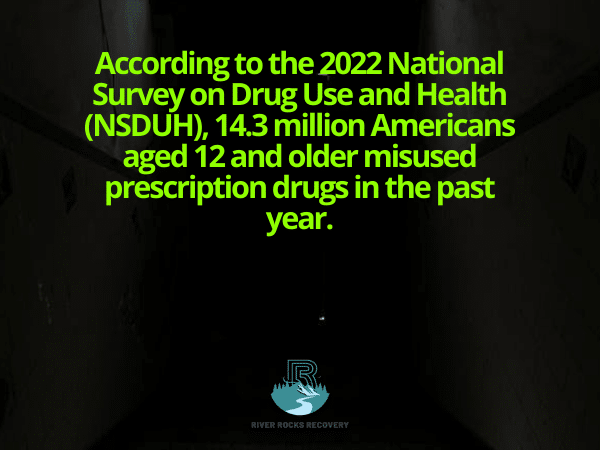
The Link Between Prescription Drug Misuse and Addiction
Although meloxicam is not addictive, misusing prescription drugs can be a gateway to addiction. Many individuals who begin misusing pain relievers may transition to stronger substances over time, such as opioids, benzodiazepines, or illicit drugs.
Warning signs of prescription drug misuse include:
- Taking more than the prescribed dose
- Using medication in a way it was not intended (crushing, snorting, or injecting)
- Doctor shopping to get multiple prescriptions
- Mixing medications with alcohol or other substances
- Developing cravings or withdrawal symptoms
If you or a loved one is struggling with prescription drug misuse or addiction, seeking professional treatment is the best step toward recovery.
How River Rocks Recovery Can Help
At River Rocks Recovery, we provide specialized addiction treatment programs for individuals struggling with prescription drug misuse, opioid addiction, and co-occurring disorders.
Our Treatment Programs Include:
- Partial Hospitalization Program (PHP) – Comprehensive, structured treatment with medical monitoring and therapy.
- Intensive Outpatient Program (IOP) – Flexible treatment with counseling, therapy, and relapse prevention strategies.
- Outpatient Program (OP) – Long-term support for individuals in early recovery.
- Sober Living Program – A structured and supportive environment to help maintain recovery.
Final Thoughts: Understanding Meloxicam Misuse and Seeking Help
While meloxicam cannot get you high, misusing it can lead to serious health risks. Individuals who engage in prescription drug misuse may be at higher risk for developing substance use disorders, particularly if they mix medications with alcohol, opioids, or benzodiazepines.
If you or a loved one is struggling with prescription drug misuse, opioid addiction, or other substance use issues, professional addiction treatment can help. Call River Rocks Recovery at 888.905.6281 today and take the first step toward a healthier, addiction-free life.
FAQ About Meloxicam Misuse and Risks
Can meloxicam get you high?
No, meloxicam does not produce a high because it is a nonsteroidal anti-inflammatory drug (NSAID), not a controlled substance. Unlike opioids, meloxicam does not interact with dopamine or opioid receptors in the brain, meaning it lacks euphoric or mind-altering effects.
Is meloxicam addictive?
Meloxicam is not considered addictive because it does not create physical dependence or withdrawal symptoms like opioids or benzodiazepines. However, people who misuse prescription medications may develop patterns of drug-seeking behavior that put them at risk for substance abuse.
What happens if you take too much meloxicam?
Taking high doses of meloxicam can cause serious side effects, including:
- Severe stomach ulcers and internal bleeding
- Kidney damage or failure
- High blood pressure and increased risk of heart attack or stroke
- Extreme dizziness, vomiting, and loss of consciousness
Can meloxicam be abused with other substances?
Yes. Some individuals misuse meloxicam by combining it with alcohol, opioids, or benzodiazepines, which can lead to severe health risks, overdose, or death. Mixing meloxicam with alcohol significantly increases the risk of gastrointestinal bleeding and liver damage.
Does meloxicam show up on a drug test?
No, meloxicam is not typically included in standard drug screenings, which focus on controlled substances like opioids, benzodiazepines, stimulants, and THC. However, some specialized toxicology tests may detect it.
What are the dangers of long-term meloxicam misuse?
Long-term misuse of meloxicam can lead to:
- Chronic kidney disease and renal failure
- Severe cardiovascular issues, including heart attacks and strokes
- Gastrointestinal ulcers, internal bleeding, and stomach perforations
How does prescription drug misuse lead to addiction?
Many people who misuse non-addictive prescription drugs may eventually seek stronger substances—such as opioids, benzodiazepines, or illicit drugs—to achieve a desired effect. Prescription drug misuse can be a gateway to substance use disorders.










